I am all about experimenting with whatever tools, inks, papers and plates are in my studio. This leads to much “failure” and eventual success.
I say that if I get 2 out of 10 prints that I love then I am doing good.
I want to share with you my experience with different inks, on paper with homemade gelatin plate. All combinations will work to give you some kind of printed impression. So there is no wrong way, just different ways.
I am going to talk about my experience with Speedball Water Based Block Printing ink, and Golden Open Acrylic paint and basic acrylic craft paint. I think these are the easiest products to find.
Acrylic craft paint
It is inexpensive and easy to find. However it dries very quickly and it may be too fluid to hold the edge of a detailed mark. Don’t let craft paint dry on your brayers, it will ruin them.
This red house print was made on a gelatin plate with craft paint and it features the detailed impression, the second print made with the ink that is left under the masking stencils.
Golden Open Acrylic Paint
This paint is designed to stay “open” wet for a longer period of time. It does not dry as fast a craft paint. It is very richly pigmented and on the expensive side. It is still a paint and not an ink.
It is very popular with many mixed media artists. I find it sticks more to the plate than my paper and still dries too fast. You may be able to add a bit of water to get it to release from the plate and on to the paper. And make sure you clean your brayer right away.
If you have some of these paints, try them and see if you get some prints that you like.
The print above was made with the Golden Open Acrylics.
Speedball Water Based Block Printing Ink
These water based inks can be found in some craft store and most online art stores. They are moderately priced. It does take some time to get to know how to roll them out and to ink the brayer and plate.
They do not dry fixed. So if the print gets wet the image will smudge, as with wet collage methods. One draw back is that they are a school grade ink and the richness of the pigments are just adequate. There is a richer pigment in the process colors of the Speedball Printmasters Block Printing Ink.
These are my favorite inks to use for gelatin printmaking. The ink stays alive and generally moist enough to transfer the ink from palette to brayer to plate to stencil and finally to paper. This allows for good detailed impressions.
They are non-toxic, very easy to clean up and will not damage your brayers if the ink dries on them.
The gelatin plate print above was made with the speedball water based block printing inks.
Water soluble Oil based Inks
I have very briefly tested some oil based yet water-soluble inks and have trouble getting the oil based inks to stick to the water based gelatin plate.
It might work, but you may need to do some trial and error experimentation with modifying the inks with a spritz of water.
I am super sensitive to oil based inks. I used to be able to use them, but now it makes me wheezy. I loved the Daniel Smith water soluble block printing inks, but they are no longer making them.
The benefits of a water soluble oil based ink are that it dries fixed and generally the pigment is richer that a water based ink.
The Akua Kolor shown in the image above(now called Akua Liquid Pigment), is a soy based pigment and dries by absorption into the paper. It is highly pigmented, on the expensive side, and I do know of some artists who like to use it for gelatin printmaking.
I find it still sticks to the plate more than transfer to the paper. Clean up is a little more labor intensive. But it does dry fixed to the paper.
The print above was made using Akua Liquid Pigments and the gelatin plate.
I hope my experience helps you.
There is no one best ink. It will depend on many factors:
- type of plate you are using
- type of impression you want to create
- any allergies you might have
- how much money you want to spend
- if you are willing to experiment
One rule that could guide you as well: Oil and water don’t mix. If you are using the water based gelatin plate then oil based inks will probably bead up.
Anther helpful skill is to learn how to ink your brayer smoothly and evenly. This takes time and practice.
If you want to explore monotype printing with the homemade gelatin and glycerin plate, water based inks and paper then join us in the next session of Make Monotypes.
Join the list below, get the plate recipe and notice of future classes and discounts.
Additionally, you will receive a weekly email about printmaking, ideas, tips and courses.
Join us today and start having fun!
The post Choose the Right ink for the Job appeared first on Linda Germain.
from Linda Germain http://www.lindagermain.com/2016/09/choose-right-ink-job/
All about prints
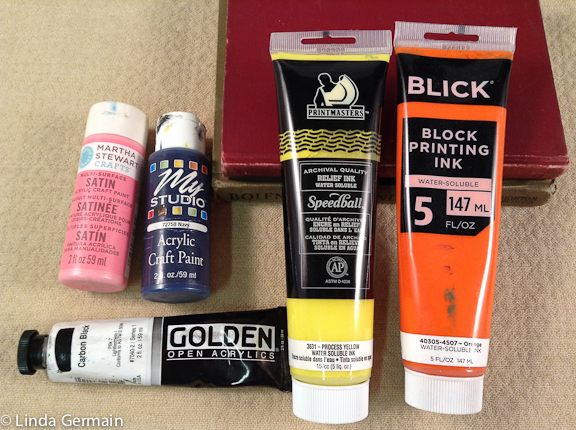
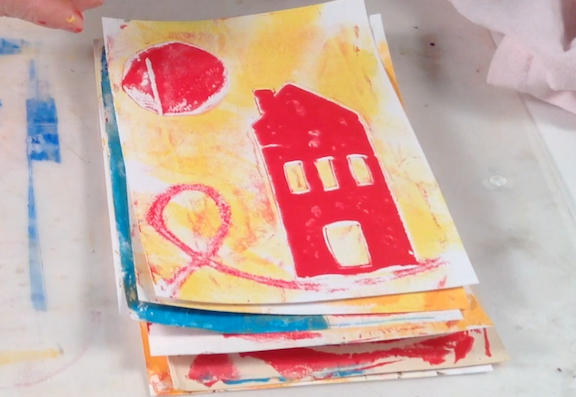
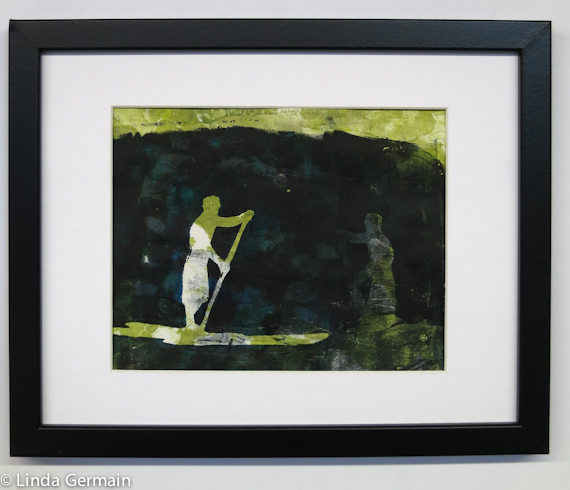
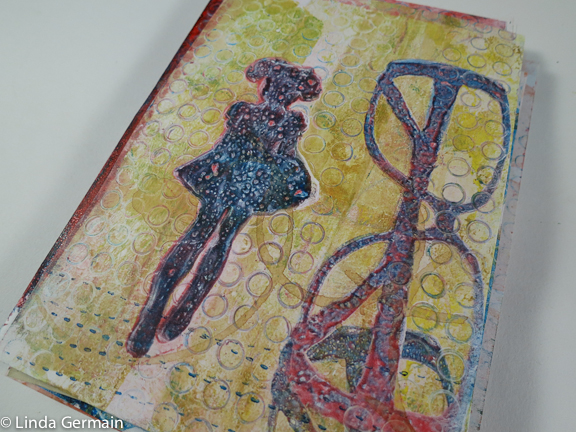
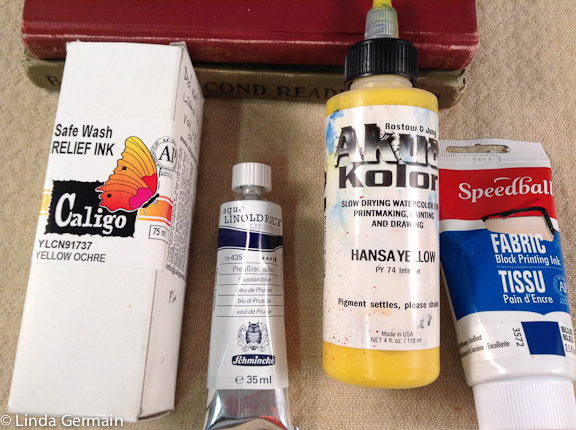
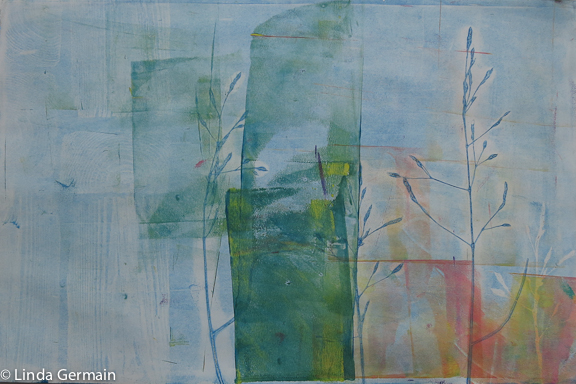
No comments:
Post a Comment